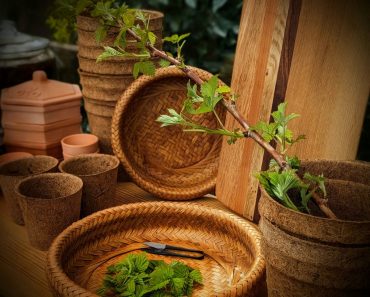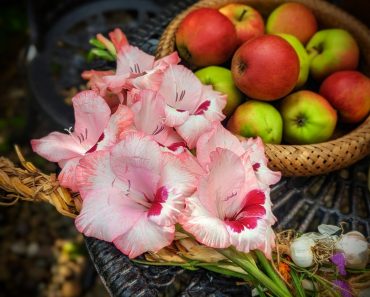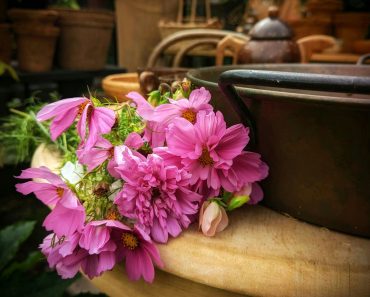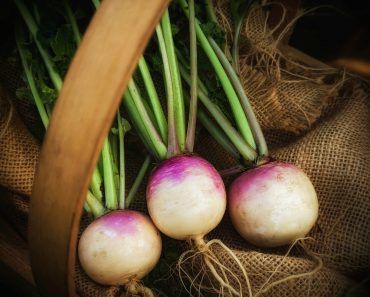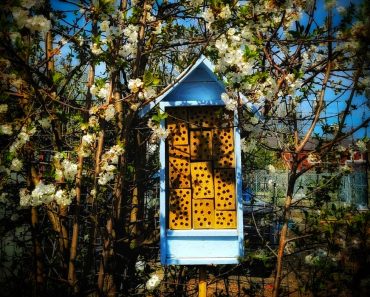Ah the Beautiful Primrose! Gorgeous rossette-forming Perennials that come in a kaleidoscope of colours! Sure to bring some eye popping colour to your late Winter/ early Spring garden. Here’s how I grow mine…
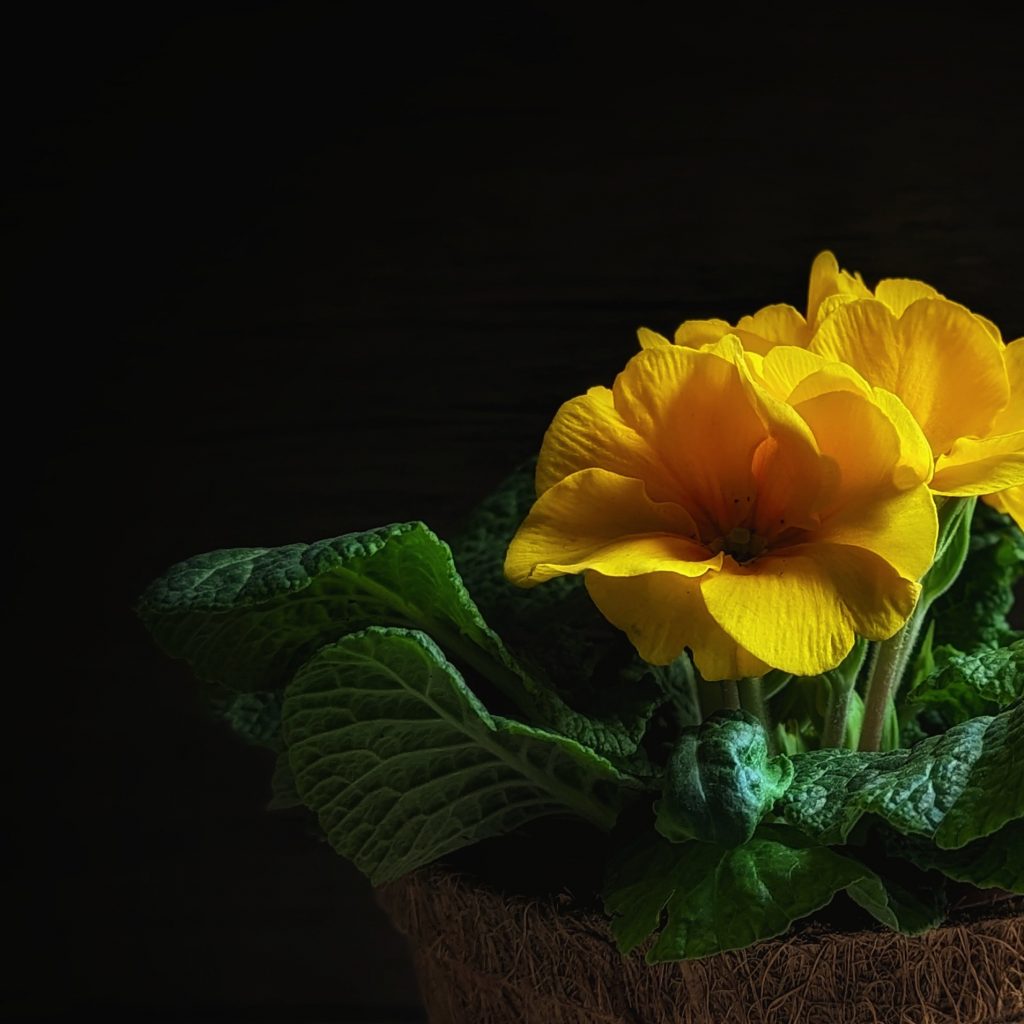
The Oldest flower!
Who doesn’t love a little back story?!….Primroses have been around for centuries! They’re so old in fact, that it’s hard to pinpoint the exact century they were first discovered! Here’s what we do know…
In 1753 a swedish Botanist by the name of Carl Linnaeus declared the flowers a member of the primula genus (* This is also the guy that is responsible for naming the Rudbeckia flower–Gets around doesn’t he?!)
But one of the earliest records we have of the primrose is in 1597. They were documented for the first time in a book titled: The herball: Generall historie of plantes.
This post may contain Affiliate links please see my diclosure policy
A Favourite of Mr Shakespeare
Yep! old William Shakespeare loved a Primrose! They were rumoured to be his favourite flowers and were often featured in his plays…
Shakespeare wrote of the “primrose path” in Hamlet. The Primrose path is described as taking the easy hedonistic path in life, the path of ease, indulgence, and pleasure. A metaphorical path that would surely lead to ruin and disastrous consequences!
Don’t let that put you off growing Primrose though! ;o)
Fairies!
If they’re good enough for fairies they’re good enough for me! In English folklore, Primroses were fondly called ‘Fairy Cups’. It was believed that if you ate a primrose, you would see a fairy! I will have to try that!
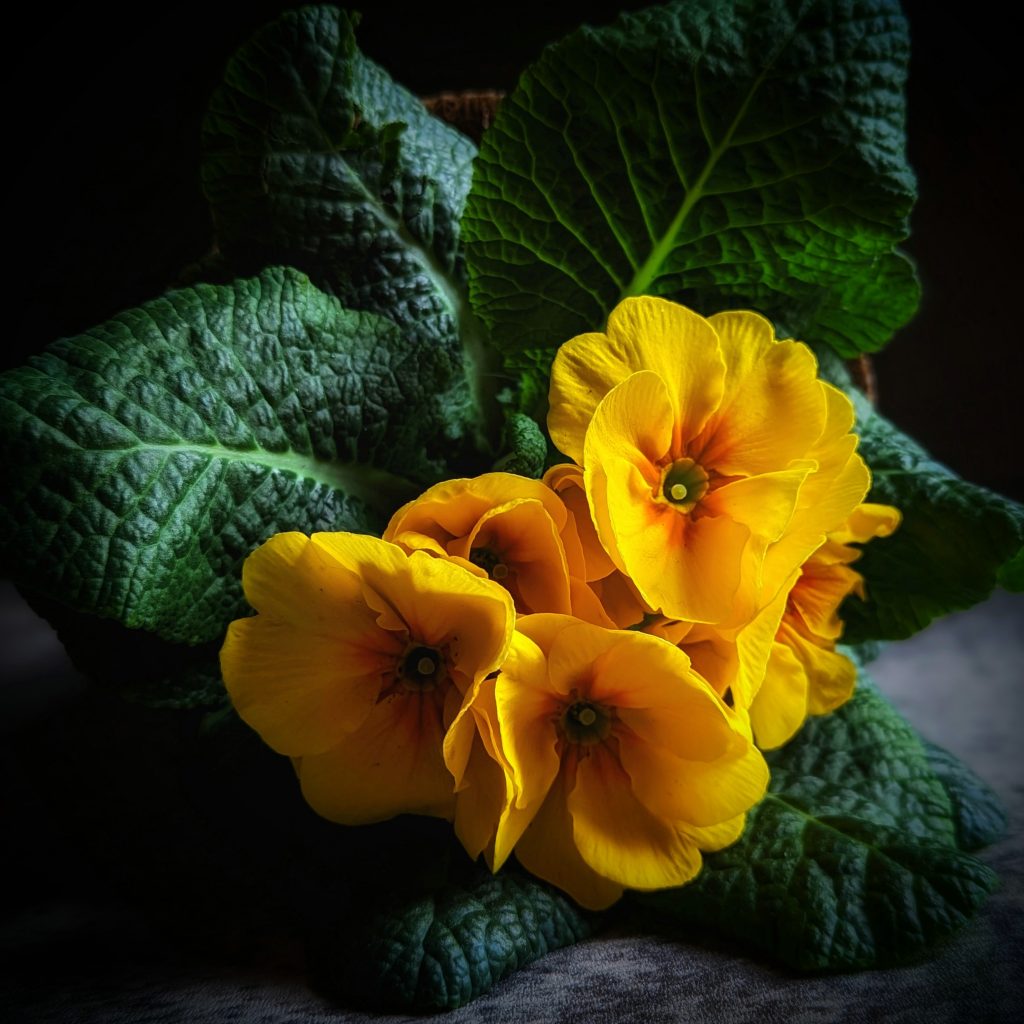
Fun Fact! You can eat Primroses!
Both primrose leaves and primrose flowers are edible – they can be eaten raw or cooked.
What do Primroses taste like?
- Young Primrose leaves have a slightly spicy taste and are best eaten young (older leaves can taste bitter)
- Primrose flowers have a mild sweet taste and are often used in desserts , such as custards , conserves and tarts.
My Favourite Primrose
There are soooo many Varieties of Primrose! You’re talking over 500 species! Including wild primroses and many hybrid species. My favourite primroses are the ones pictured in this post which are hybrid species, the primula x polyantha, a result of crosses between Primula veris (common cowslip) and Primula vulgaris (common primrose)
In fact most primrose flowers you see in UK gardens today are Polyanthus hybrids, ranging in colour from white, cream and yellow to orange, purple, blue, red and pink.
Primrose Characteristics
The foliage of polyanthus primroses is dark green, hairy, and textured. The Perennial flowers present in Clusters of 4-12 flowers and are held aloft on stalks above the foliage. They grow no more than 15 cm in height and are capable of flowering from December-May (late Winter-Spring)
How To Grow Primrose
Buy Primrose Seeds – Crown Mixed – 75 Flower Seeds
Sow In A Cool Greenhouse Or Cold Frame
- Sow Primrose seeds from March-July.
- Sow in pots, modules or trays on moist compost, pressing the seed lightly onto the surface. *Do not cover with compost.
- Cover with a propogator lid or polythene bag and place in a cool greenhouse or coldframe
- Try to keep the soil damp but not wet
- Germination should occur within 10-30 days. Remove cover once seedlings emerge
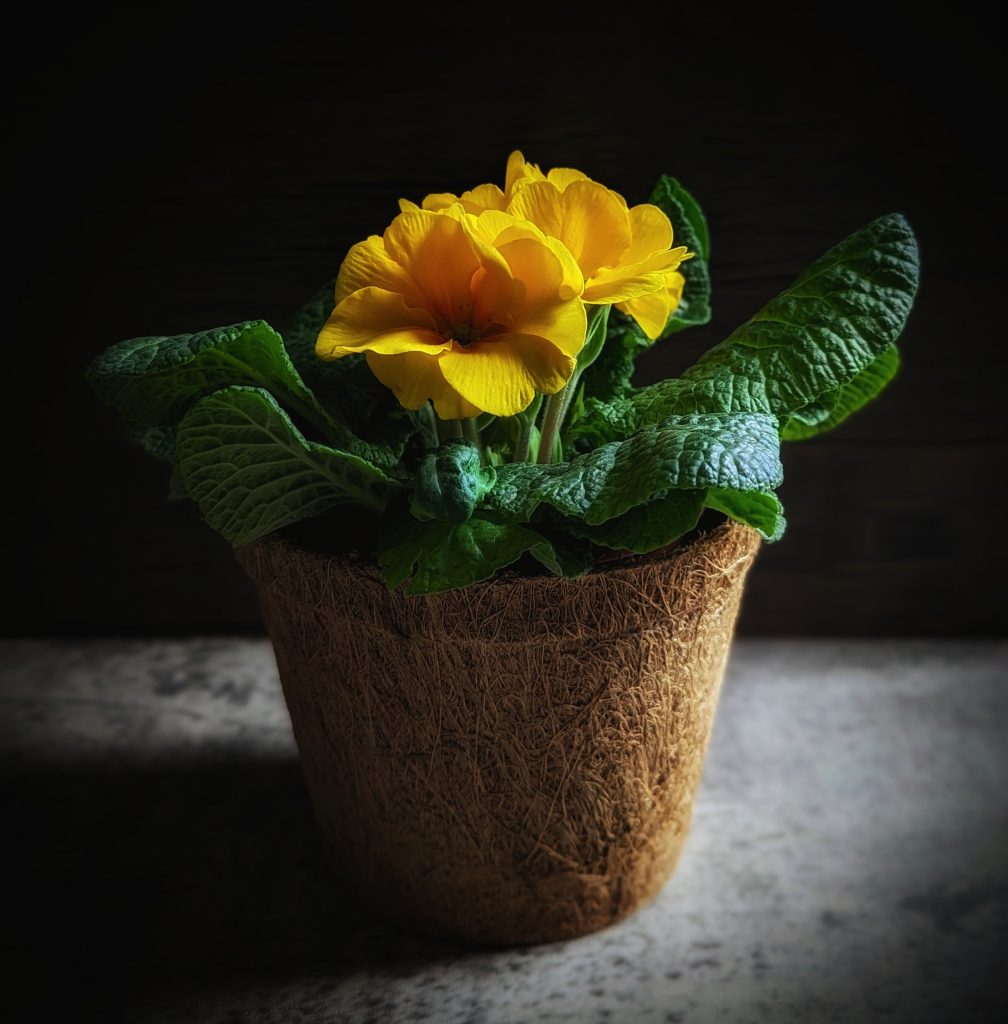
Potting On And Planting Out
- When Seedlings are large enough to handle, pot on into individual pots or modules.
- Grow on at approx. 15-20°C (60-68°F). Grow on in good light and plant out in early autumn (September) roughly 20cm apart. Flowers Appear the following Spring.
- Once established. these easy to grow perennials will be very low maintenance.
Where to plant primroses
Primroses like a lightly shaded spot with well-drained soil, plant around 20 cm apart.
Primrose water requirements
Water Primrose perennials thoroughly after planting. You could also add a layer of mulch around the plants to help retain moisture. Continue to water throughout the summer months, about once a week, or more during periods of drought.
Should you deadhead primrose
Primrose will benefit from deadheading, unless you want them to set seed. I also like to remove old and tired foliage when required. It helps to rejuvenate the plant for the next bloom season
Buying Primrose Plants?
You’re in luck! Primrose happen to be a very popular plant and are sold in pretty much every garden centre in the UK. Look for Primroses that are healthy in appearance with unopened buds.
Planting Ideas for Primrose
Primroses are fabulous for attracting all those lovely pollinators! Grow them in borders, woodland gardens, containers and rock gardens.
Common Primrose Problems
- Look out for slugs and snails
- Spider mites and Aphids love Primroses too. I use my garlic spray to remedy that problem! Works Wonders on Roses too
- Primroses are also sometimes prone to crown rot, remedy this by relocating the plants to a better draining soil
- Fungal infections can sometimes cause havoc with your Primroses too! Remedy by practicing good watering habits and adequate spacing between plants.
CREATING A GARDEN? CHECK OUT THESE POSTS…
- How To Grow Lobelia
- How To Grow Liatris Spicata
- How To Grow Cerinthe
- How To Grow Cirsium Rivulare
- How To Grow Delphiniums
- How to Grow Dahlias
- How To Grow Sweet Pea
- How To Grow Snapdragons
- How To Grow Cosmos
- How To Grow Verbena
- How To Grow Erica Carnea
TAKE A LOOK AT THESE FRUGAL Garden DIY POSTS…
- DIY Potting Shelter
- DIY Potting Shed Made From Doors!
- Free Greenhouse Makeover!
- 10 ways to create a vertical Garden
- DIY Potting Bench From Scrap Materials
- How to Build a Bee hotel from Pallet wood
- How To Make A Rustic Fence with Tree Branches
- DIY Free Crazy paving Path
- How To make a garden arch with tree branches
LOOKING FOR MORE ‘HOMELY’ INSPO ?
Have a Nosey Around the Blog! See what i’ve been Baking, Growing and Brewing! Also, pop over and say Hi on Instagram

